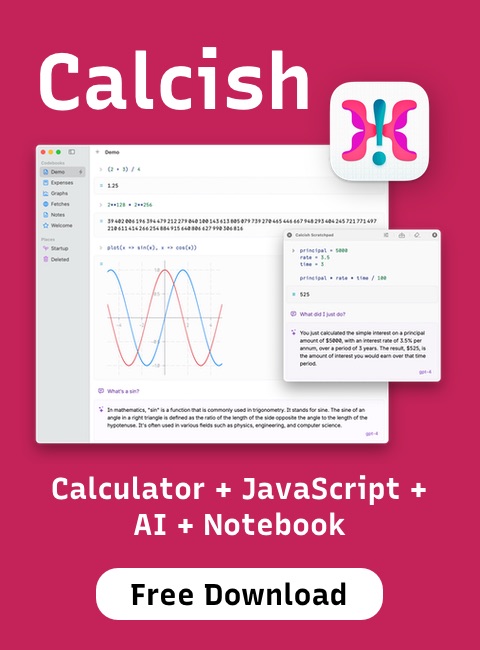| Aug 10, 2023 |
Go 1.21 released |
| Jul 25, 2023 |
tzf — get timezone via longitude and latitude |
| Jan 03, 2023 |
Better structured concurrency for Go |
| Feb 13, 2015 |
columnize — format text into columns in Go |
| Feb 08, 2015 |
logutils — enhanced Go logging |
| Jan 29, 2015 |
AWS SDK for Go |
| Jan 23, 2015 |
cli.go — better command-line applications in Go |
| Jan 20, 2015 |
gogit — read Git repositories from Go |
| Jan 18, 2015 |
goquery: jQuery-style HTML manipulation in Go |
| Jan 14, 2015 |
manners — gracefully shutdown Go server |
| Jan 12, 2015 |
log15 — powerful logging for Go |
| Jan 03, 2015 |
Bolt — an embedded key/value database for Go |
